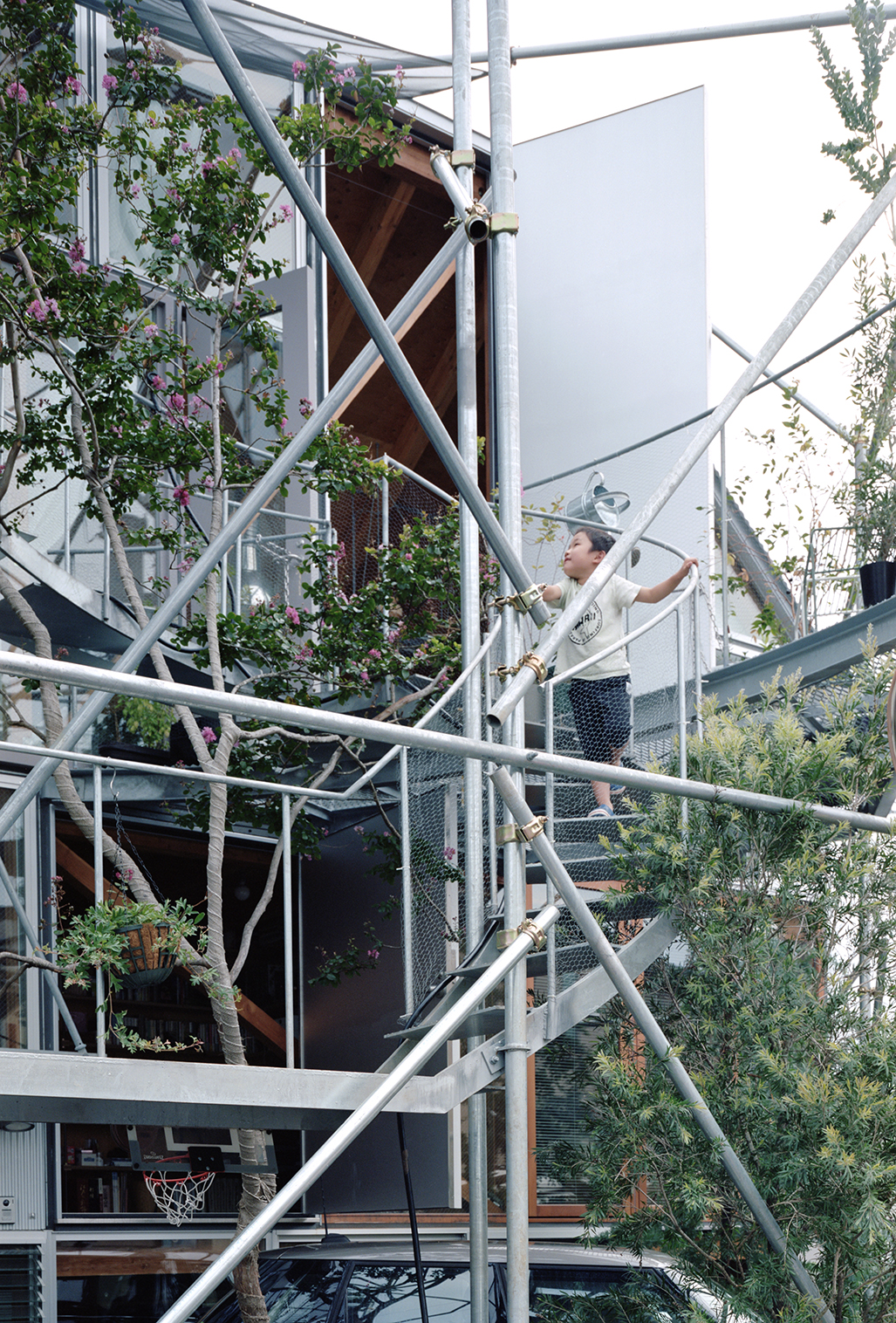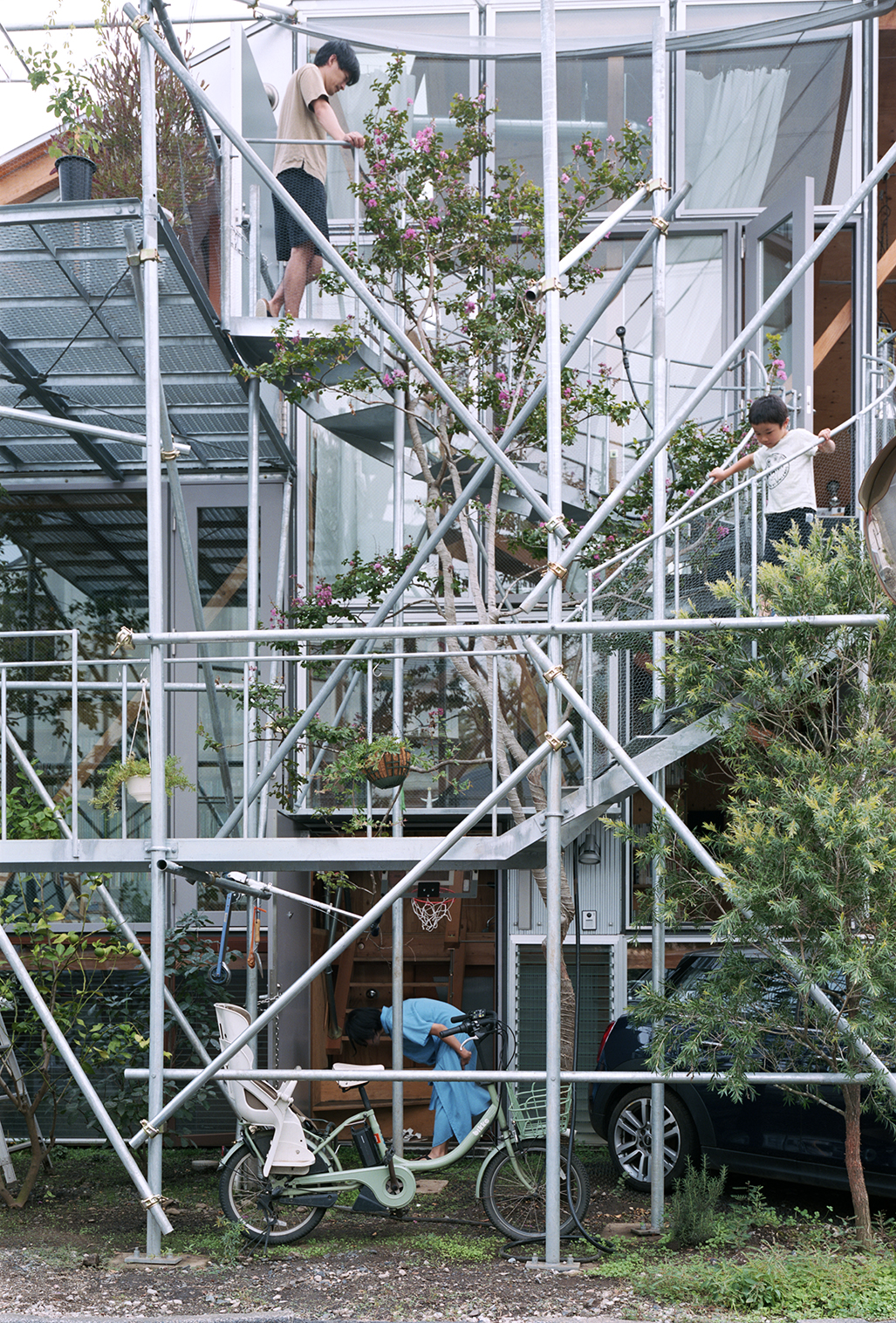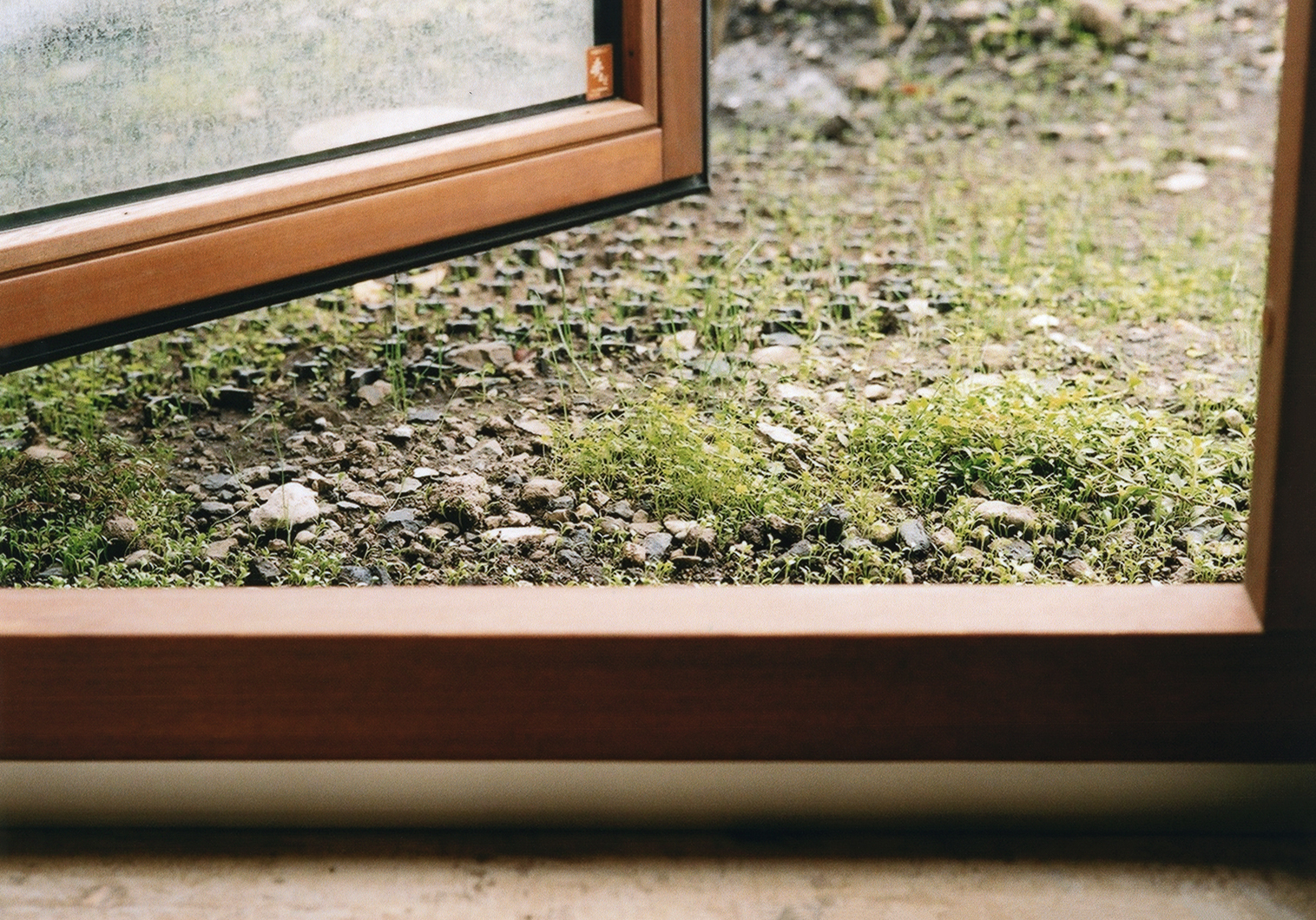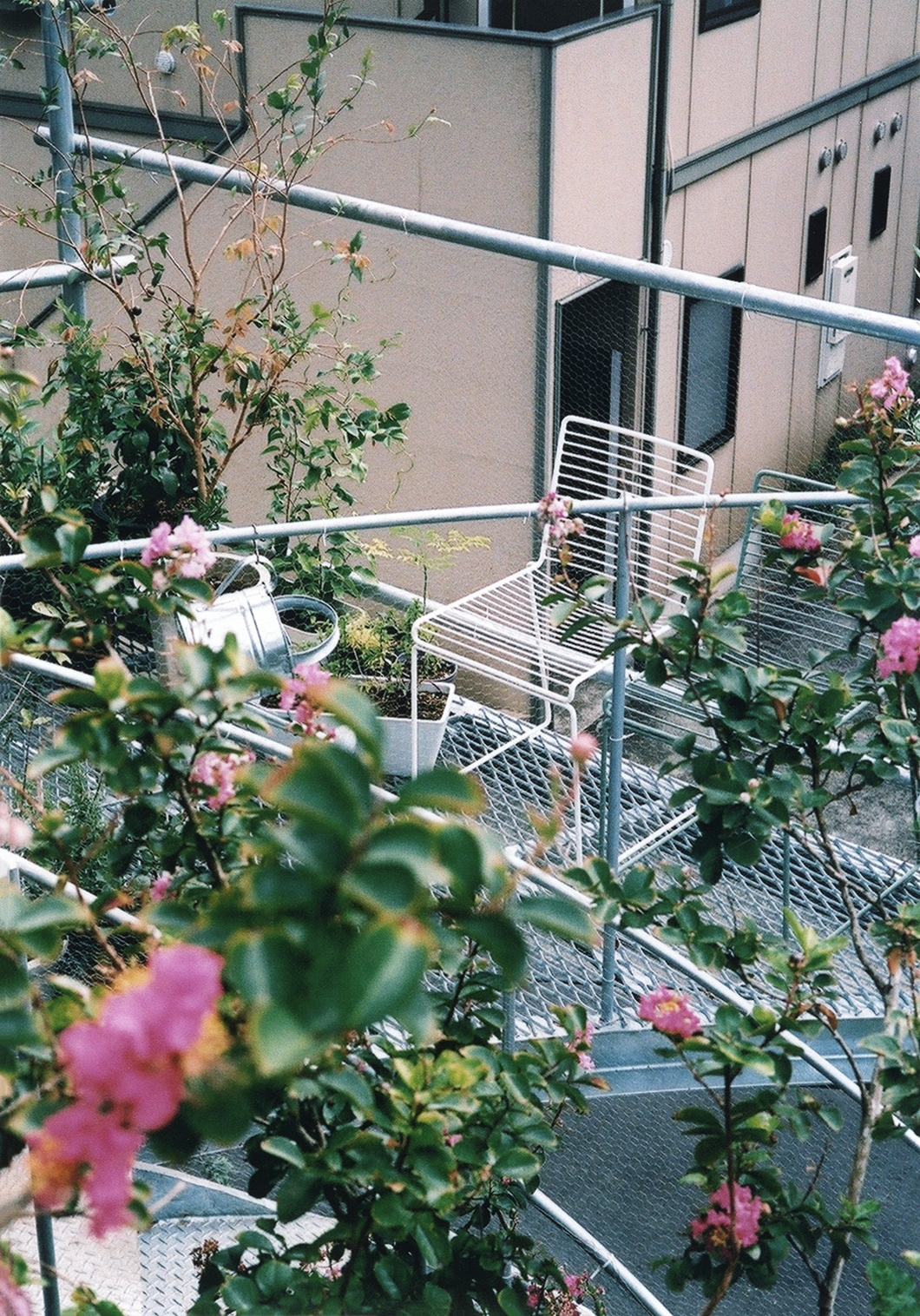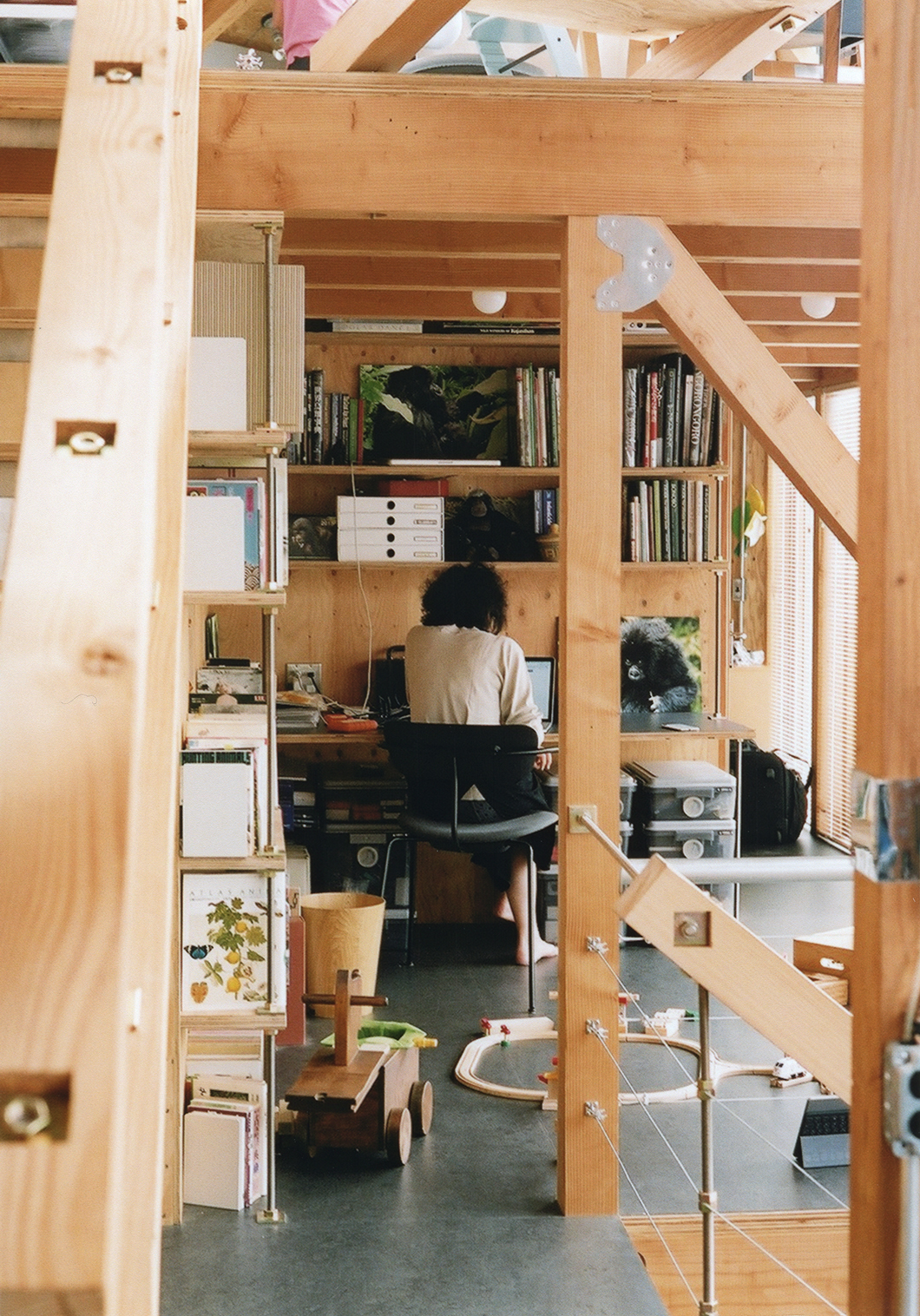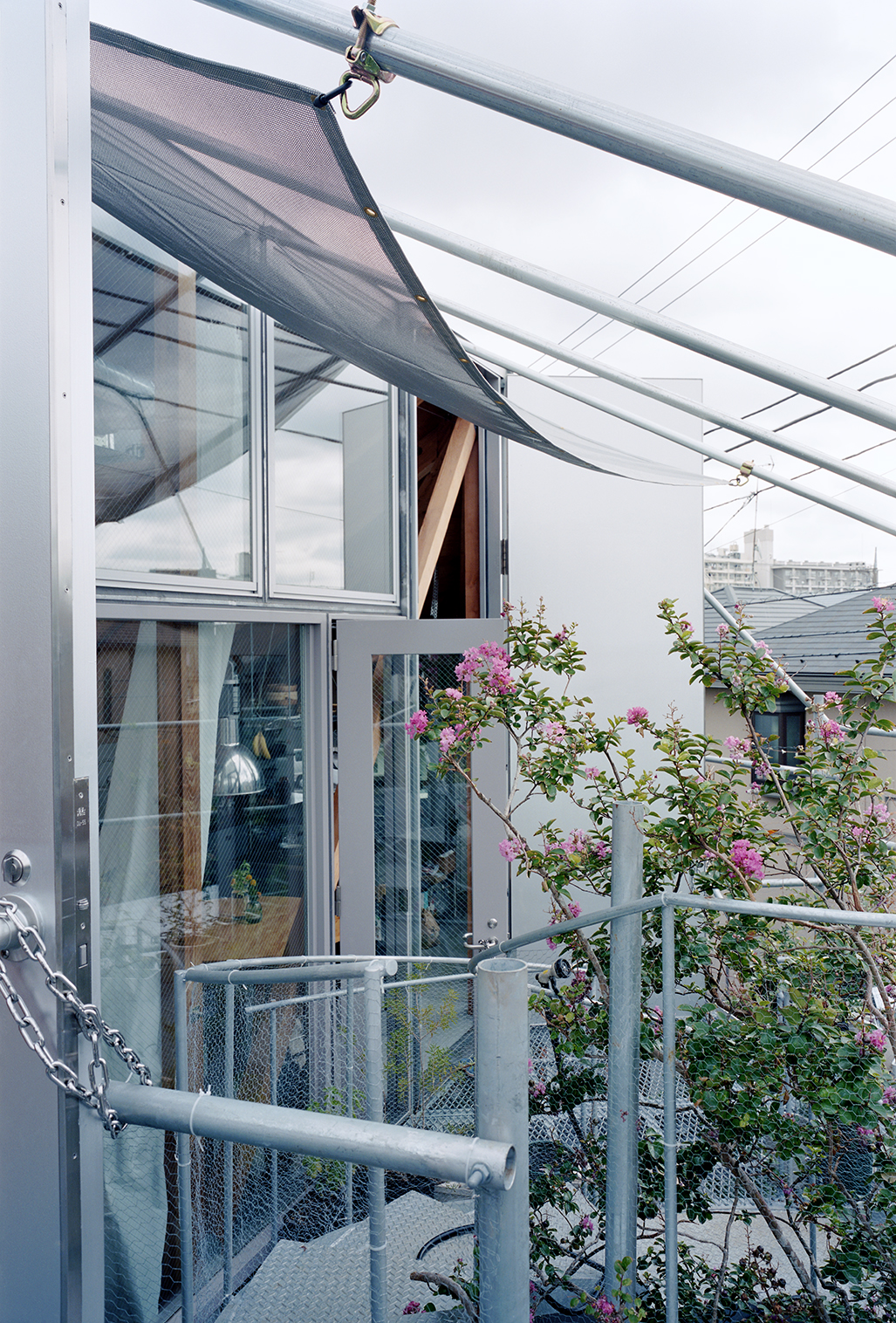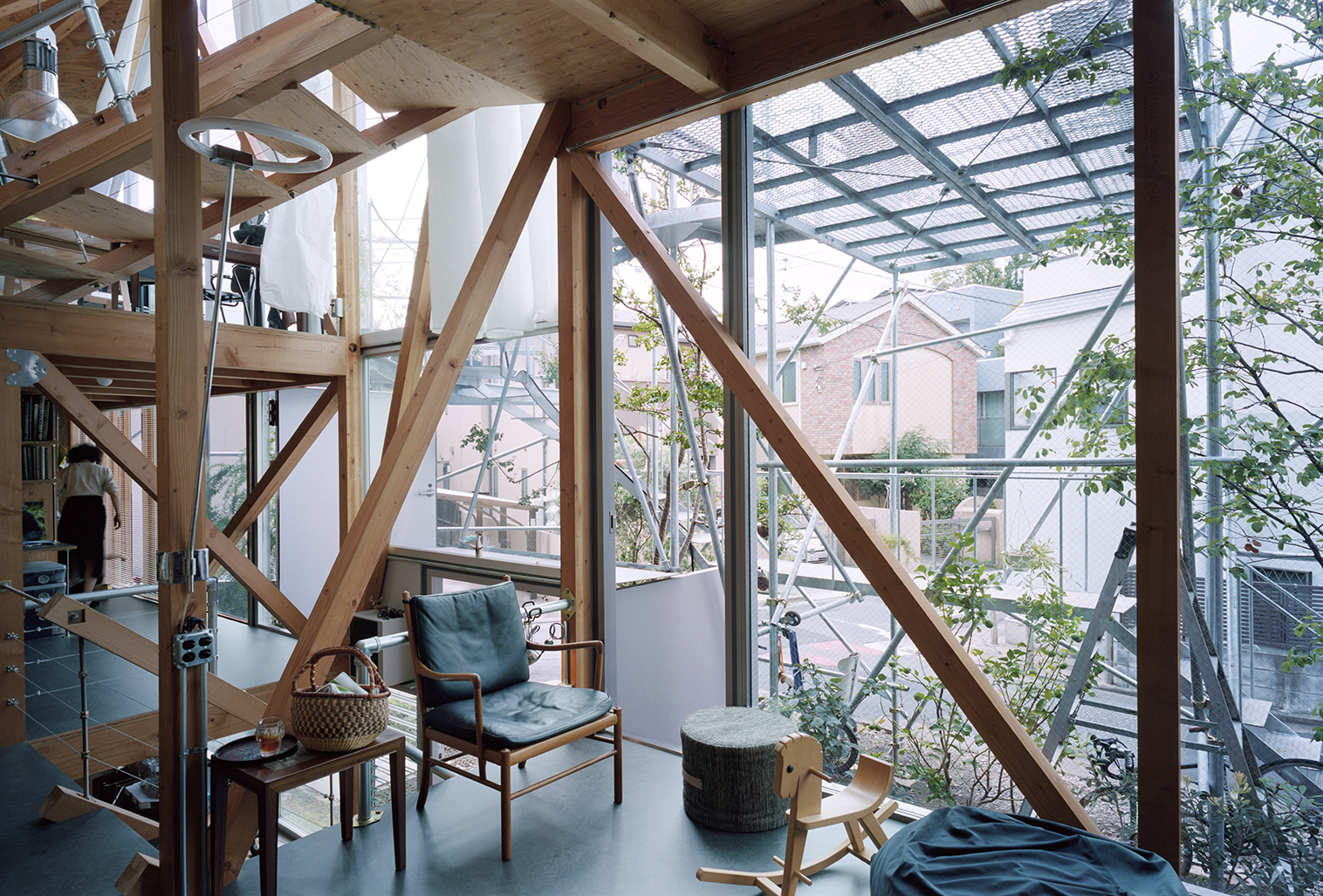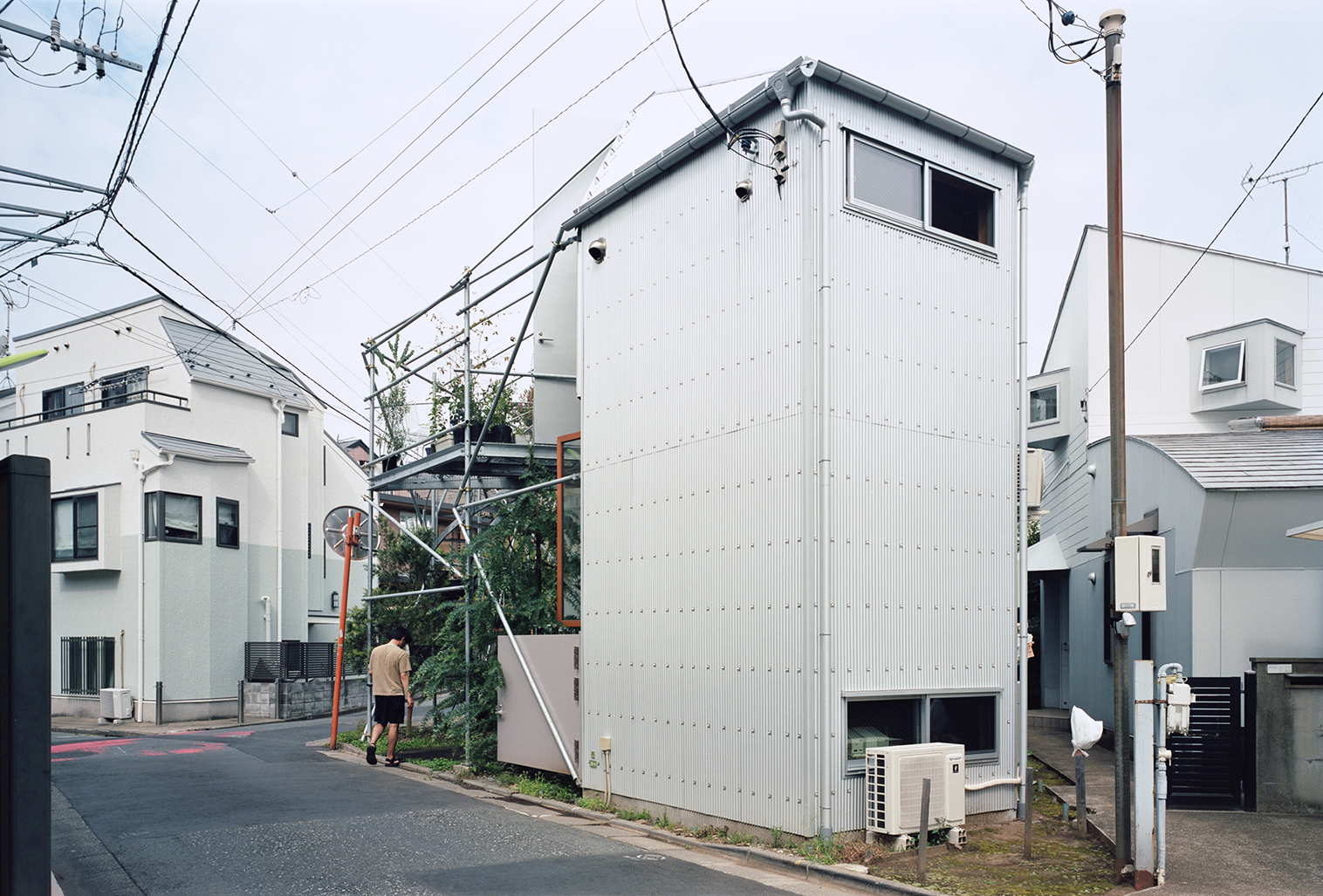daita2019
所在地:東京都
用途:住宅
構造・構法:木造軸組み構法
階数:地下1階 地上2階
敷地面積:109.69㎡
建築面積:62.75㎡
延床面積:138.50㎡
構造:TECTONICA
施工:ビルドラボ
竣工年:2019年
Site: Tokyo Pref.
Kind: House
Structure: wooden structure
Story: 3stories including 1 basement floor
Site Area: 109.69㎡
Building Area: 62.75㎡
Total Floor Area: 138.50㎡
Structure Engineer: TECTONICA
Constructor: Build Lab
Year: 2019
用途:住宅
構造・構法:木造軸組み構法
階数:地下1階 地上2階
敷地面積:109.69㎡
建築面積:62.75㎡
延床面積:138.50㎡
構造:TECTONICA
施工:ビルドラボ
竣工年:2019年
Site: Tokyo Pref.
Kind: House
Structure: wooden structure
Story: 3stories including 1 basement floor
Site Area: 109.69㎡
Building Area: 62.75㎡
Total Floor Area: 138.50㎡
Structure Engineer: TECTONICA
Constructor: Build Lab
Year: 2019
←back
Suzuko Yamada Architects, Inc. Tokyo, JAPAN
